Kazda9780080451046, 0080451047
This second edition includes some important changes in the international regulations covering design and operations. It reflects the greater attention being given to security, safety and the environment, together with changes in the technology and the way the air transport industry operates.
New sections on collaborative decision making and low visibility operations strengthen the operational character of this book. Two completely new chapters have been added covering the topical problems of cargo and radio -navigation aids and the chapter on passenger terminals has been enhanced considerably.
Table of contents :
Front Cover……Page 1
Airport Design and Operation……Page 4
Copyright Page……Page 5
Table of Contents……Page 8
Preface……Page 16
1.1 Development of Airports……Page 18
1.2.1 ICAO Legislation……Page 30
1.3 Airport Development Planning……Page 33
2.1 Introduction……Page 38
2.2 Types of Forecast Needed……Page 39
2.3.1 Informed Judgement……Page 40
2.3.2 Trend Extrapolation……Page 41
2.3.3 Econometric Models……Page 43
2.3.4 The Travel Decisions……Page 45
2.3.5 Modal Shares……Page 46
2.3.6 Discrete Choice Models……Page 47
2.3.7 Revealed and Stated Preferences……Page 48
2.3.9 Uncertainty……Page 49
2.3.10 Scenario Writing……Page 51
2.4 Historic Trends in Traffic……Page 52
2.5.2 Demographic Factors……Page 53
2.5.3 Supply Factors……Page 54
2.5.6 Cargo……Page 57
2.6 Conclusions……Page 58
3.1 Selection of a Site for the Airport……Page 62
3.2 Usability Factor……Page 64
3.3 Low Visibility Operations……Page 67
3.4 Control of Obstacles……Page 75
3.5 Other Factors……Page 82
4.1 Aerodrome Reference Code……Page 86
4.2 Runway Length……Page 90
4.3 Declared Distances……Page 105
4.4.1 Runway Width Requirements……Page 107
4.4.2 Runway Shoulders……Page 108
4.4.3 Runway Turn Pads……Page 109
4.5.1 Transverse Slopes……Page 110
4.5.2 Longitudinal Slopes……Page 111
5.1 Runway Strips……Page 114
5.2 Clearways……Page 117
5.3 Runway End Safety Areas1……Page 118
6.1 Taxiway System Design……Page 124
6.2 High-speed Exit Taxiways……Page 125
6.3 Taxiway Separations……Page 130
6.4 Taxiway Geometry……Page 132
7.1 Apron Requirements……Page 136
7.2 Apron Sizing……Page 138
7.3 Apron Location……Page 139
7.4.2 Linear Concept……Page 141
7.4.3 Open Concept……Page 142
7.4.4 Pier Concept……Page 143
7.4.6 Hybrid Concept……Page 145
7.5 Stand Types……Page 146
7.6 Apron Capacity……Page 152
7.7 Isolated Aircraft Parking Position……Page 153
8.1 Background……Page 154
8.2 Pavement Types……Page 155
8.2.2 Reinforced Grass Strips……Page 156
8.2.3.1 Use of Hard Surface Pavements……Page 157
8.2.3.1.1 Subgrade……Page 158
8.2.3.2 Flexible (Asphalt) Pavements……Page 159
8.2.3.3 Rigid (Cement-concrete) Pavements……Page 161
8.3.1 Pavements-Aircraft Loads……Page 168
8.3.2 Pavement Strength Reporting……Page 170
8.3.3 Overload Operations……Page 174
8.4.1 Runway Surface Quality Requirements……Page 175
8.4.2 Methods of Runway Surface Unevenness Assessment by the Dual Mass Method……Page 176
8.4.3 Pavement Texture……Page 180
8.4.4 Runway Braking Action……Page 183
8.5 Pavement Management System……Page 188
9.1 Aircraft Handling Methods and Safety……Page 190
9.2.1 Deplaning and Boarding……Page 197
9.2.2 Supplies of Power, Air-Conditioning and Compressed Air……Page 200
9.2.4 Push Back Operations……Page 201
9.3 Colaborative Decison Making (CDM)……Page 205
9.4 Visual Guidance Systems……Page 207
10.1 Background……Page 214
10.2.1 Requirements for Fuel Quality……Page 216
10.2.2 Fuel Storage……Page 218
10.3 Fuel Distribution……Page 221
10.4.1 Ecological Damage……Page 225
10.4.2 Fire Safety……Page 228
10.5 Aircraft Fuel – Future Trends……Page 229
11.1 Introduction……Page 230
11.2 The Freight Industry’s Characteristics……Page 234
11.3 Airside Design Considerations……Page 238
11.4.1 Location……Page 240
11.4.2 Design parameters……Page 241
11.4.3 Mechanisation……Page 242
11.4.4 Terminal functions and operations……Page 243
11.4.5 Documentation……Page 245
11.4.6 Utilities……Page 247
11.4.7 Security……Page 248
11.5.1 Layout……Page 249
11.5.2 Functions and facilities……Page 250
11.5.3 Sizing……Page 251
11.7 Future Trends……Page 254
11.8 DHL Case Study……Page 255
12.1 Airport Terminal Design Principles……Page 258
12.2 Airport Terminal Layout……Page 263
12.3 Airport Terminal Concepts……Page 266
12.4.1 Design Methods……Page 268
12.4.2 Component Design……Page 272
12.5.1 Passenger Handling……Page 282
12.5.2 Baggage Handling……Page 290
12.6 Non-Aeronautical Services……Page 291
12.7 Passenger Transportation – People Movers……Page 293
13.1 Unlawful Acts and Air Transport……Page 298
13.2 The Airport System and its Security……Page 304
13.3.1 Security as a Service……Page 307
13.3.2 Airport Perimeter Security and Staff Identification……Page 308
13.3.3 Employee Security Procedures……Page 313
13.3.4 Measures in Relation to Passengers……Page 315
13.4 Detection of Dangerous Objects……Page 320
13.5 Summary……Page 327
14.1 Access and the Airport System……Page 328
14.2 Selection of the Access Modes……Page 331
14.3 Categories of Surface Transport Users……Page 332
14.4 Access and Terminal Operations……Page 333
14.5.1 Passenger Car……Page 334
14.5.2 Taxi……Page 336
14.5.3 Minibus……Page 337
14.5.4 Bus……Page 338
14.5.5 Railway Transport……Page 339
14.5.6 Unconventional Means of Transport……Page 344
15.1.1 Markings Requirements……Page 346
15.1.2 Marking Types……Page 350
15.1.3 Signs……Page 352
15.2.1.1 Introduction……Page 353
15.2.1.2 Light Sources……Page 354
15.2.1.3 Lights and Fittings……Page 355
15.2.1.5 Requirements for Aerodrome Lights……Page 357
15.2.2.1.1 Non-Instrument and Instrument Runways……Page 360
15.2.2.1.2 Precision Approach Runway……Page 362
15.2.2.2 Approach Slope Indicator Systems……Page 369
15.2.3 Heliport Lighting Systems……Page 374
15.2.4 Lighting of Obstacles……Page 376
15.2.5.1 Remote Control Equipment……Page 378
15.2.5.2 Single Lamp Control and Monitoring……Page 379
15.2.6.1 Lighting Systems Design and Installation……Page 381
15.2.6.2 Maintenance of the Lighting Systems……Page 382
15.2.7 Trends in Lighting Systems Development……Page 385
16.2 Electrical Systems Reliability and Back-up……Page 386
16.3.1 Parallel System……Page 393
16.3.2.2 Serial System – Components……Page 394
16.4 Electrical supply to Category I – III Lighting Systems……Page 399
17.1 Background……Page 400
17.2.1 Instrument Landing System (ILS)……Page 401
17.2.2 Microwave Landing System (MLS)……Page 406
17.2.3 Global Navigation Satellite System (GNSS)……Page 407
17.2.4 VHF Omnidirectional Radio Range (VOR)……Page 408
17.2.5 Non-directional Radio Beacon (NDB)……Page 410
17.2.6 Distance Measuring Equipment (DME)……Page 411
17.3.1 Precision Approach Radar (PAR)……Page 412
17.3.4 Advanced Surface Movement and Guidance Control Systems (A-SMGCS)……Page 413
17.4 Flight Inspections and Calibrations……Page 415
18.1 Snow and Aircraft Operation……Page 418
18.2 Snow Plan……Page 420
18.3 Mechanical Equipment for Snow Removal and Ice Control……Page 424
18.4 Chemicals for Runway De-icing……Page 430
18.5 Thermal De-icing……Page 434
18.6 Runway Surface Monitoring……Page 436
18.7 Aircraft De-icing……Page 437
19.1 Roles of the Rescue and Fire Fighting Service……Page 444
19.2.1 Response Times……Page 445
19.2.2 Aerodrome Category for Rescue and Fire Fighting……Page 448
19.2.3 Principal Extinguishing Agents……Page 449
19.2.4 Complementary Extinguishing Agents……Page 451
19.2.5 The Amounts of Extinguishing Agents……Page 452
19.3 Rescue and Fire Fighting Vehicles……Page 454
19.4 Airport Fire Stations……Page 458
19.5.1 Training……Page 461
19.5.2 Preparation for an Emergency Situation and Rescue and Fire Fighting Intervention Control……Page 463
19.6 Runway Foaming……Page 466
19.7 Post Emergency Operations……Page 468
19.8 Emergency Services and Environment Protection……Page 471
19.9 Final Thoughts……Page 472
20.1 Background……Page 474
20.2.1 Characteristics……Page 477
20.2.2 Descriptors Used for Aircraft Noise Rating……Page 479
20.2.3 Evaluation of Noise in the Vicinity of Airports……Page 484
20.2.4 Land Use and Compatibility Planning……Page 487
20.2.5 Aircraft Noise Measurement……Page 490
20.2.5.1 Short Term Measurement……Page 491
20.2.5.2 Long-term Noise Monitoring……Page 492
20.2.6 Prediction of Air Transport Noise……Page 495
20.2.7 Airport Noise Mitigation and Noise Abatement Procedures……Page 500
20.3 Control of Gaseous Emissions……Page 502
20.4 Protection of Water Sources……Page 504
20.5 Landscaping……Page 505
20.6 Waste Management……Page 506
20.7.1 Introduction……Page 507
20.7.2 Bird Strike Statistics……Page 508
20.7.3 Change of the Habitat……Page 510
20.7.4 Bird Scaring……Page 512
20.7.5 Ornithological Protection Zones……Page 516
Bibliography……Page 518
Index……Page 534
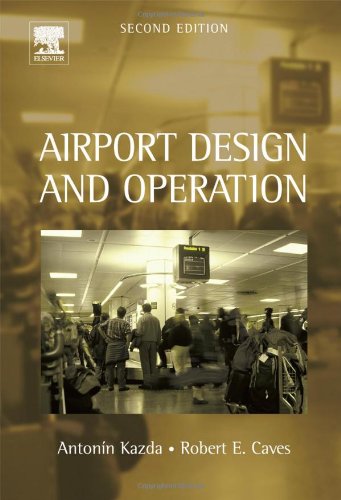
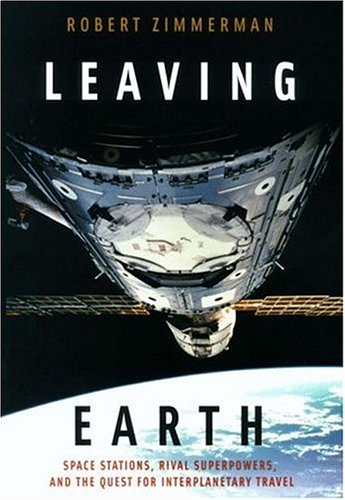

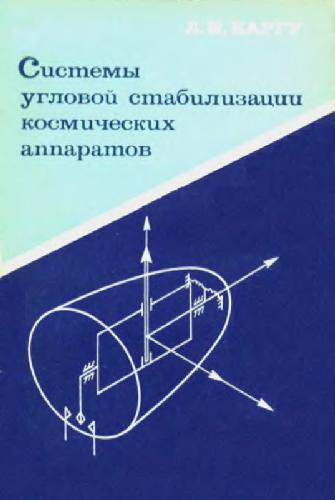
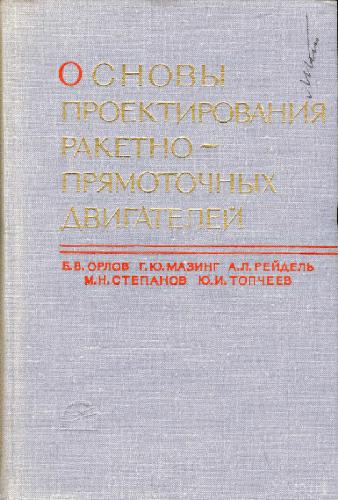
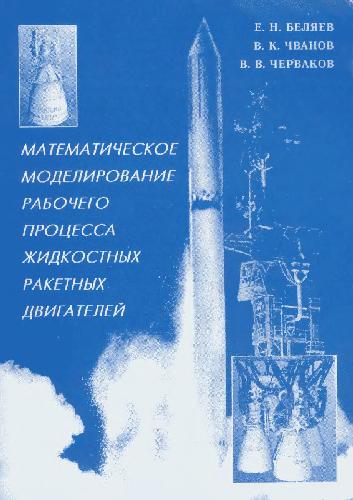
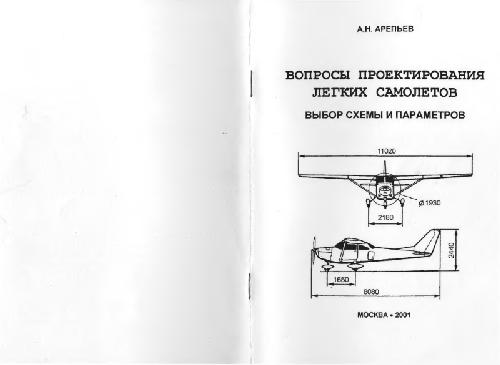
Reviews
There are no reviews yet.